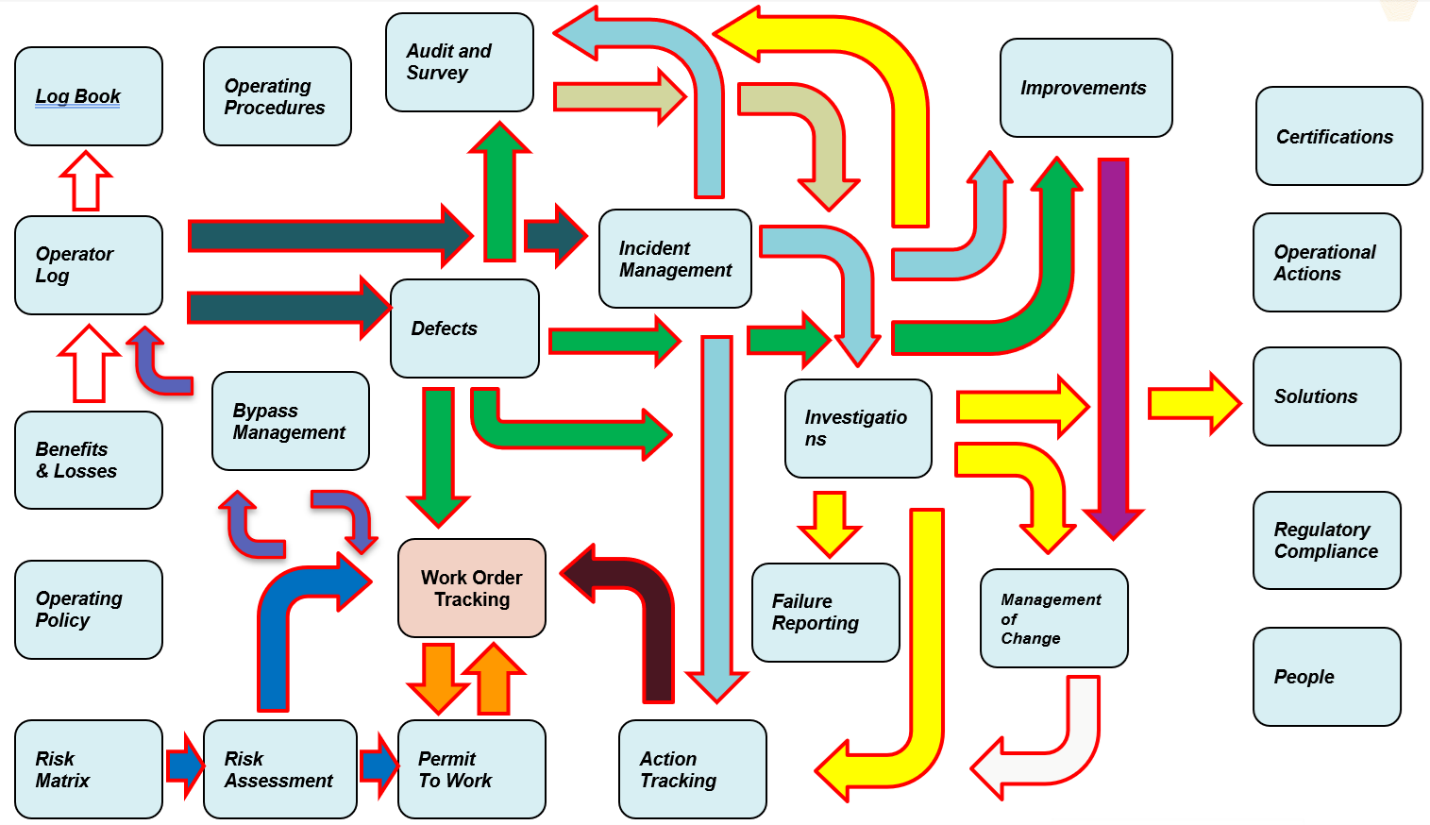We all know, that starting September 2025, IBM will discontinue support for Maximo 7.6.1.X. However, IBM has recently introduced a dual support model for Maximo 7.6.1.X and the Maximo Application Suite (MAS). Under this model, IBM will continue to provide limited support for Maximo 7.6.1.X with fixes available for 19 months, but this applies only to customers who are in the process of upgrading. Customers must transition to Maximo Application Suite (MAS) by April 2027 to continue receiving support for both platforms.
With the Maximo Application Suite (MAS), you will gain access to advanced modules like Monitor, Health and Predict, and Visual Inspection, enabling smarter asset management with advanced analytics and automation. However, to fully harness these capabilities, it’s crucial to have robust data capture processes and sufficient data points. Without accurate and reliable data, these advanced features cannot deliver their full potential.
So, let’s take a closer look at what data points are required for these functionalities and whether our organization is currently capturing them in processes.
“Data is the new oil”—like oil, data holds immense value. However, just like unrefined oil, data is useless if not properly processed.
In today’s digital asset management world, data plays a crucial role in optimizing performance and extending the life of assets. It allows organizations to shift from reactive to proactive maintenance strategies, enhancing operational efficiency and reducing unplanned downtime.
With the help of real-time data from IoT sensors and monitoring systems combined with Maintenance data, organizations can track asset's health, predict potential failures before they occur, and schedule maintenance based on actual usage patterns. This proactive approach minimizes downtime, reduces repair costs, and improves asset reliability.
Now, as we prepare to embrace this shift, it’s important to ask ourselves: Are we capturing the data needed to unlock the full potential of these advanced applications? Drawing from my experience with the Maximo Application Suite, here is a list of key data points that will be crucial in reaching our asset management goals:

Key Data Points for Effective Asset Management:
- Asset/Location Hierarchy:
- A well-structured asset hierarchy is essential for optimizing maintenance activities. By organizing assets into logical groups (parent-child relationships), it becomes easier to manage maintenance scheduling and track performance, both at the individual asset level and across entire asset groups. This also improves reporting and analytics capabilities.
- Capturing Required Information:
- Capturing all essential details about an asset is key to effective asset management. Information such as installation dates, priority levels, failure codes, and maintenance cost are invaluable for predictive maintenance and decision-making. Cost information like purchase cost, maintenance cost, and year-to-date (YTD) costs help derive KPIs and make more informed decisions about asset disposal and replacement.
- Utilizing IoT and Sensor Data:
- Integrating IoT data into Maximo enhances your ability to monitor assets in real time. Here’s how this can help:
- Real-Time Monitoring: Gain immediate visibility into asset performance and health.
- Improved Decision-Making: Make informed decisions based on up-to-date sensor data.
- Proactive Maintenance Scheduling: Predict when maintenance is needed based on usage and conditions.
- Enhanced Reporting and Analytics: Generate detailed, actionable insights to drive continuous improvement.
- Integrating IoT data into Maximo enhances your ability to monitor assets in real time. Here’s how this can help:
- Recording Downtime:
- Tracking downtime is often overlooked but is one of the most important aspects of maintenance. Whether it's preventive or reactive maintenance, capturing downtime data enables organizations to calculate key performance metrics such as the PM to CM Ratio (Preventive Maintenance to Corrective Maintenance). A typical benchmark is 6:1, but your organization should tailor this ratio based on your specific needs. Other key metrics derived from downtime data include Mean Time Between Failure (MTBF), Mean Time to Repair (MTTR), Failure Rate, and Repair Rate.
- Failure Reporting:
- Capturing failure information is vital for understanding asset performance and predicting future failures. It also helps with root cause analysis and improves maintenance strategies. While Maximo provides a "failure reporting" option, making it a mandatory practice for your team can significantly improve asset reliability.
For Example: - In an electrical substation, a transformer might overheat due to operating beyond its rated load capacity, leading to overheating and eventual failure. By recording the failure event, including details like the time to failure, downtime, repairs performed, and root cause analysis, you can:
- Identify patterns (e.g., transformers overheating after long periods of high load).
- Adjust maintenance schedules to inspect transformer load conditions more frequently and ensure the load does not exceed operational limits.
- Track repair costs and evaluate whether upgrading transformer capacity or adding cooling systems is more cost-effective than frequent repairs.
- Capturing failure information is vital for understanding asset performance and predicting future failures. It also helps with root cause analysis and improves maintenance strategies. While Maximo provides a "failure reporting" option, making it a mandatory practice for your team can significantly improve asset reliability.
- Plans vs. Actuals:
- Effective work order planning ensures that maintenance tasks are completed on time, with the right resources, and at the right cost. By comparing planned work with actual execution, you can evaluate how efficiently and effectively your team is Planning. This comparison helps optimize resource allocation, improve scheduling, and reduce costs. Tracking this data can help identify potential areas for improvement in materials, labour utilization, and overall cost management.
- Asset Maintenance Cost:
- Capturing maintenance costs is crucial for understanding the financial health of your assets. To accurately calculate these costs, ensure that materials, tools, services, and labor costs are recorded in the work order. With Maximo 7.6.1.3, there's a new feature that allows you to roll up maintenance costs directly in the Assets application.
- Meter-Based Maintenance:
- Meter-based maintenance is critical, particularly in industries where equipment usage directly impacts maintenance schedules. By integrating IoT sensors, you can track meter readings (e.g., hours of operation, kilometers, cycles), monitor usage in real-time, and trigger service requests when certain thresholds are met.
- With Maximo Monitor You Can set up dashboards to detect anomalies in data and notify your team to take action before failures occur.
- You can assess the health of your assets by combining IoT data (OT data) with maintenance history (IT data). With Health information, you can make more informed, data-driven decisions regarding asset management. This includes prioritizing which assets need immediate attention (e.g., for maintenance, refurbishment, or replacement).
To effectively capture the data points mentioned above, it is important to understand where they fit within the asset life cycle. I have created a high-level flow diagram illustrating the asset life cycle, from acquisition to disposal, which highlights the relevant data points at each stage. This ensures that all necessary data is captured throughout the asset’s entire life cycle, supporting efficient maintenance and optimization.





